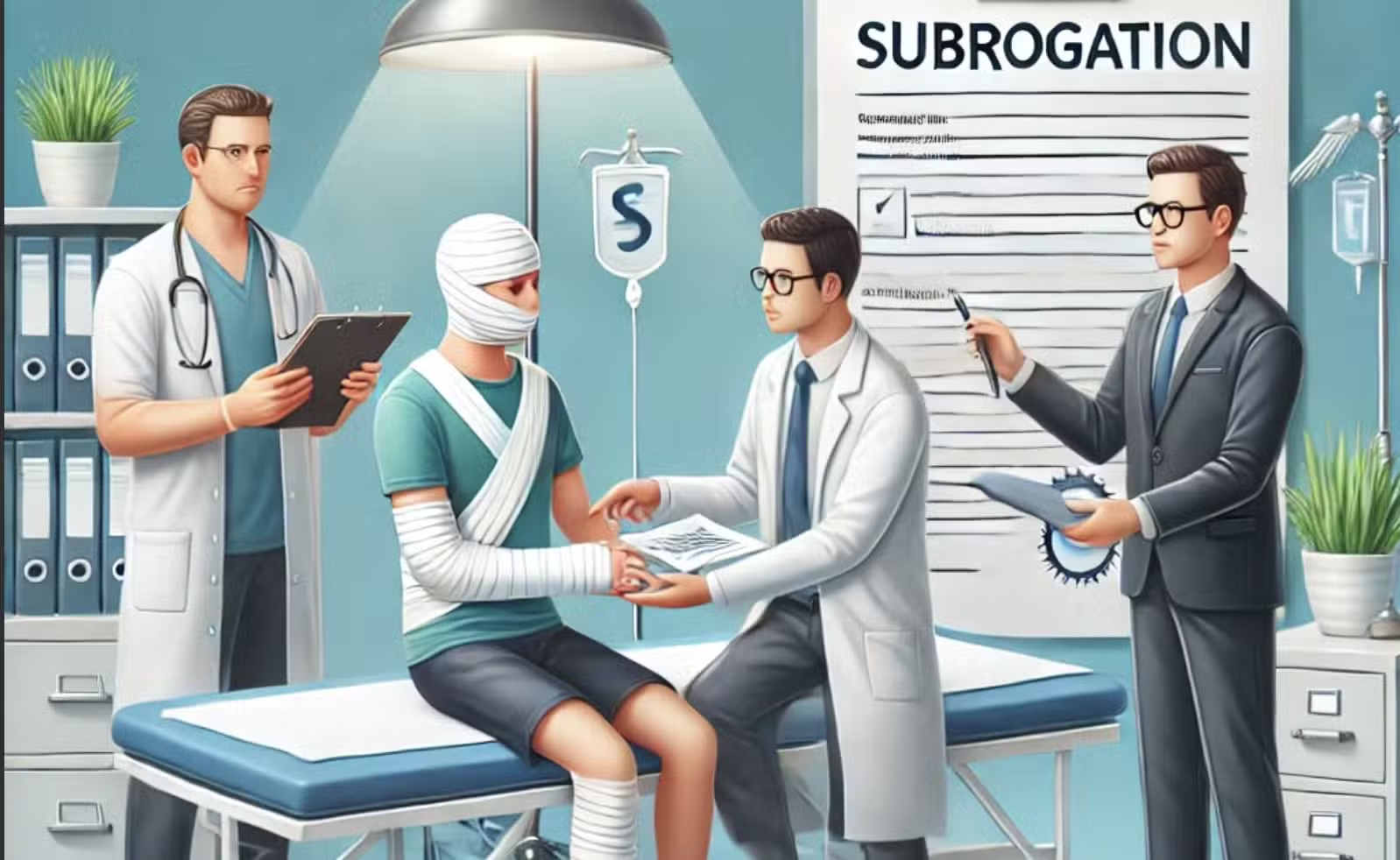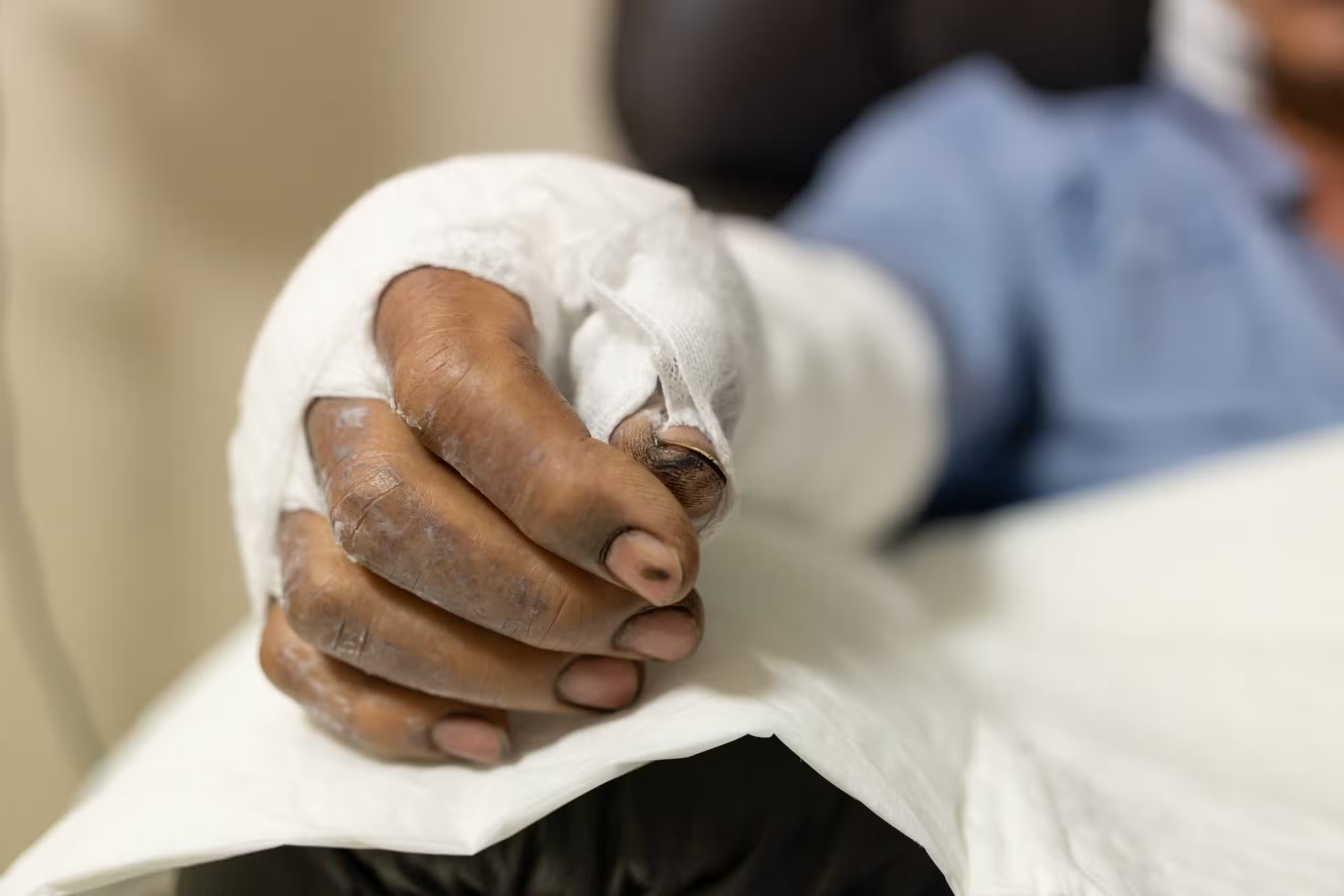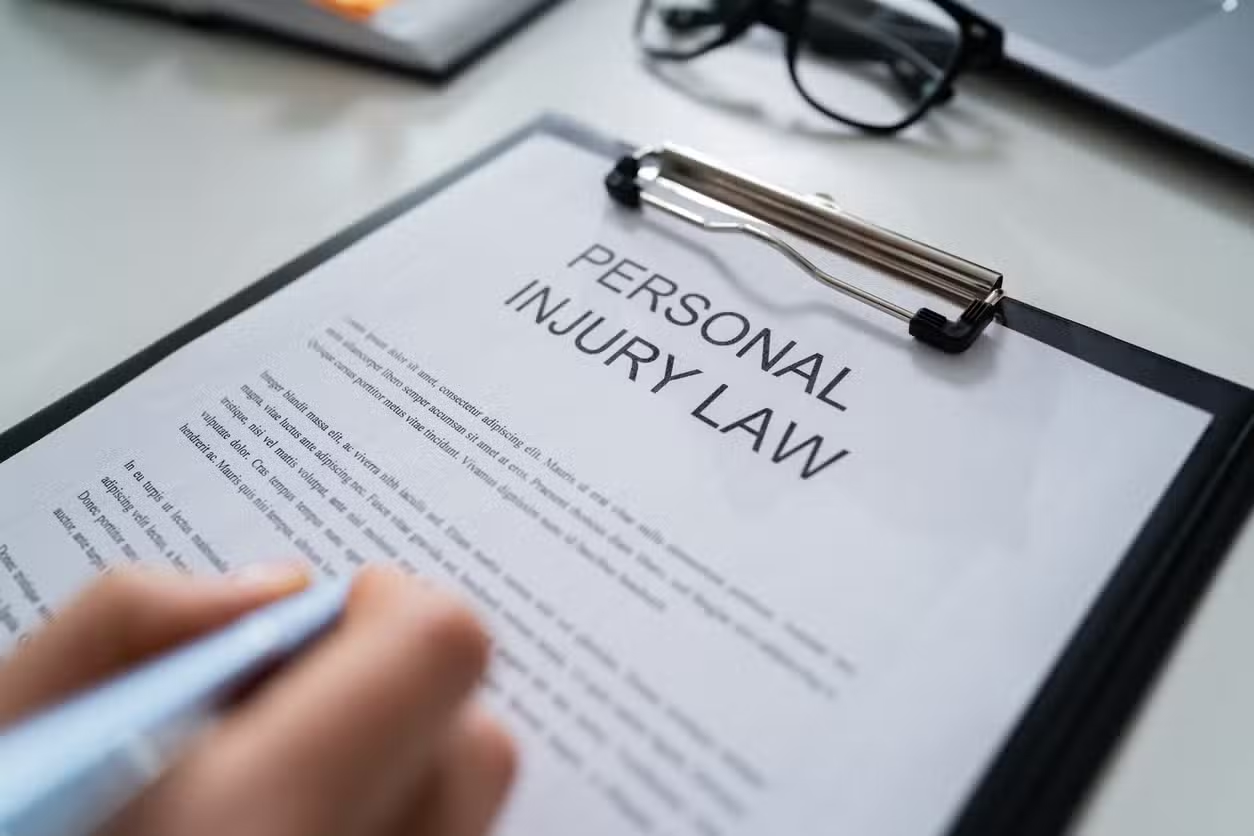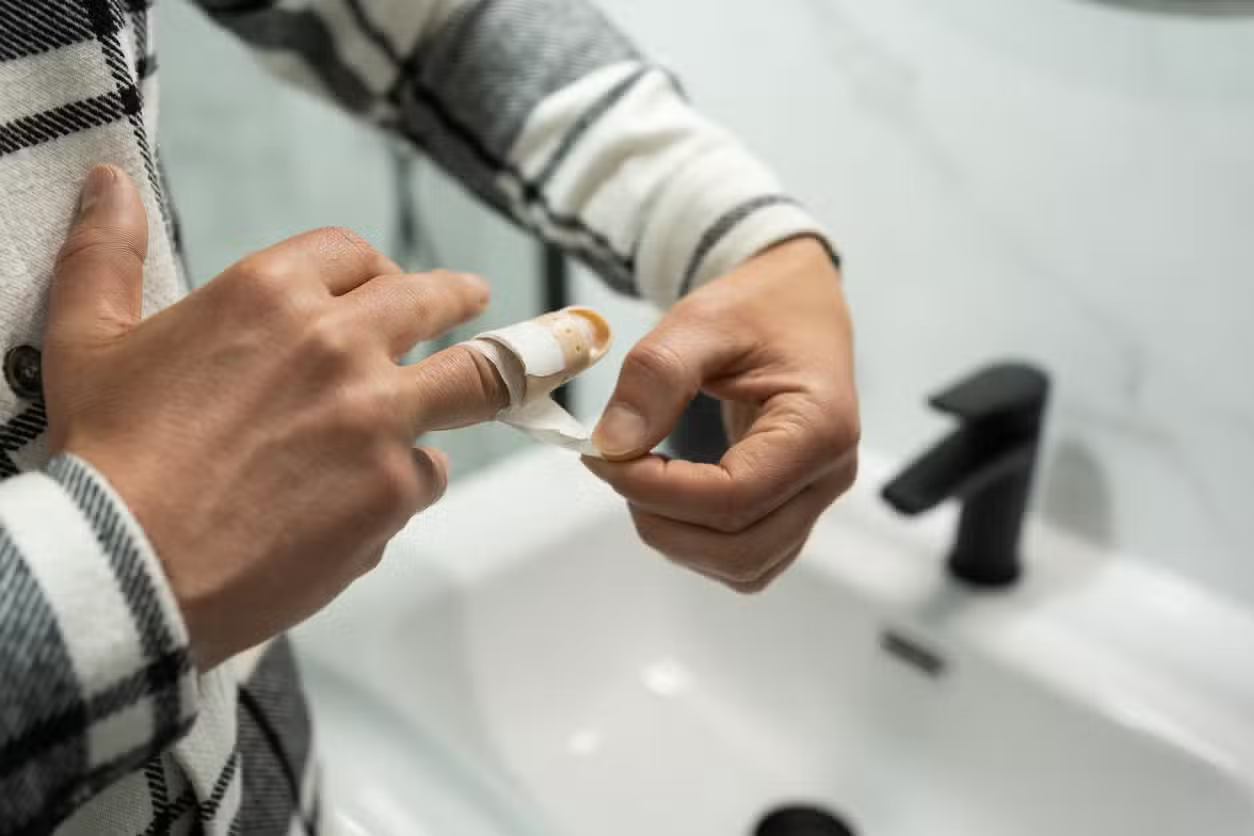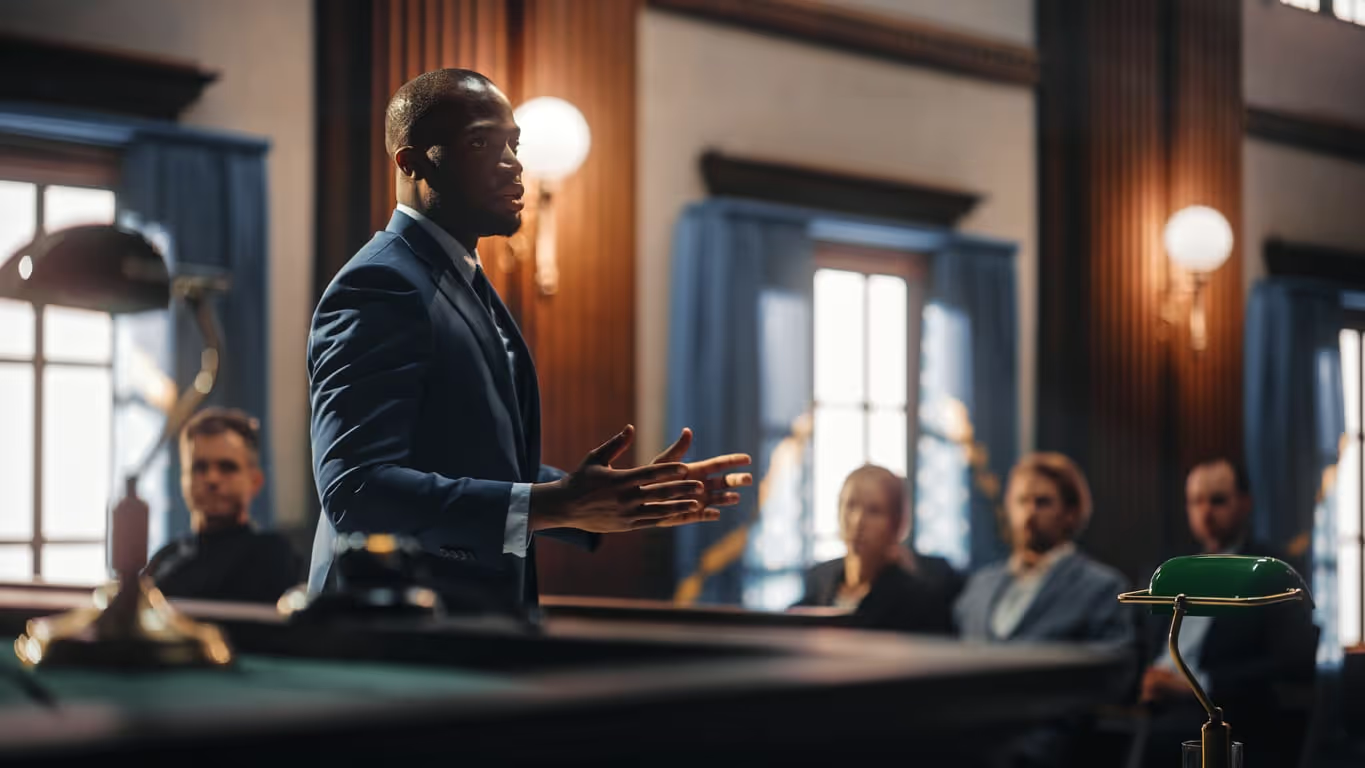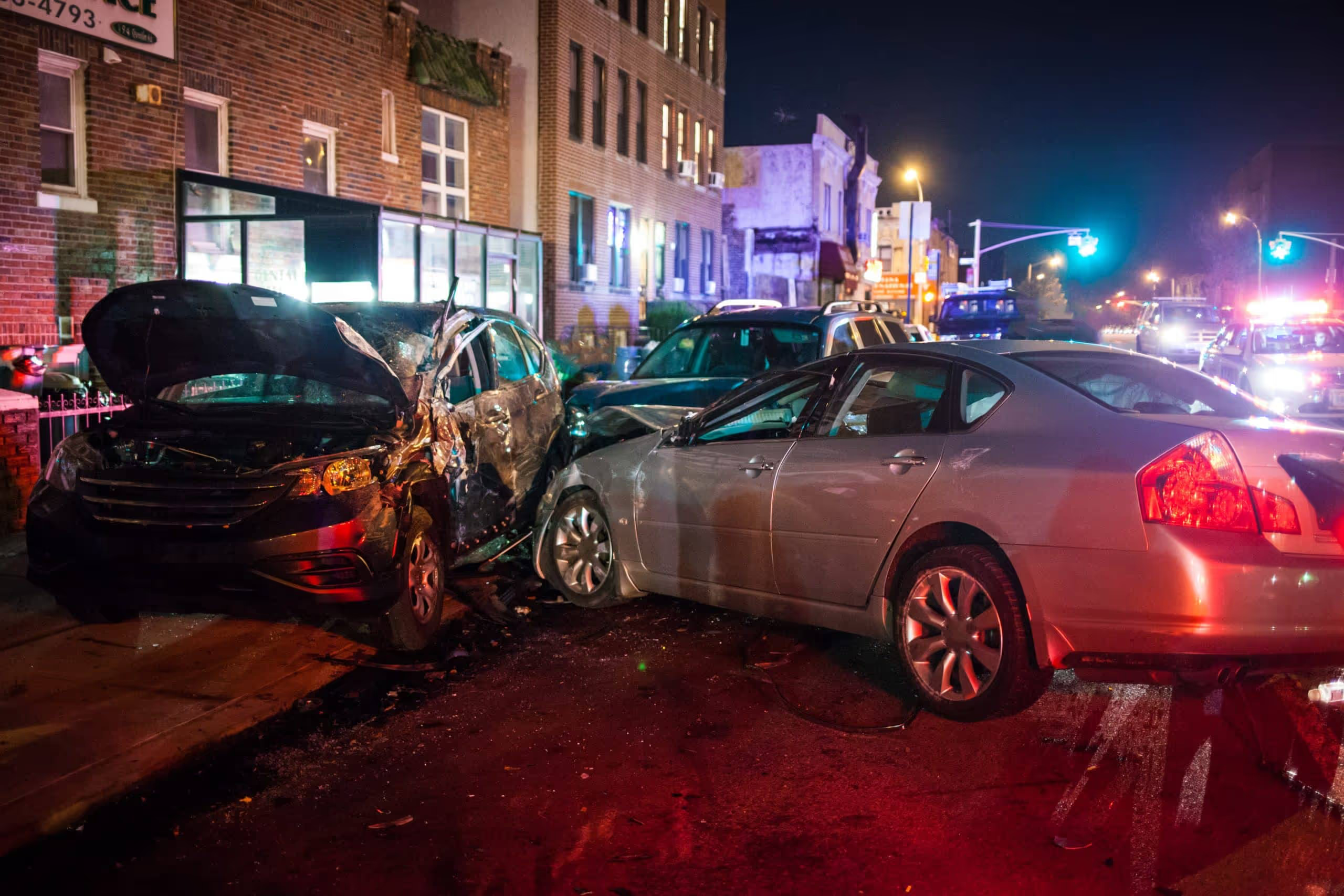In personal-injury law, understanding gross negligence vs negligence is crucial because the distinction can triple damages, open the door to punitive awards, or change how insurers handle your claim. While ordinary negligence involves a failure to exercise reasonable care, gross negligence crosses the line into reckless disregard for the safety of others. Below is a clear breakdown of each concept, how courts judge the difference, and why it matters to your compensation after a car accident.
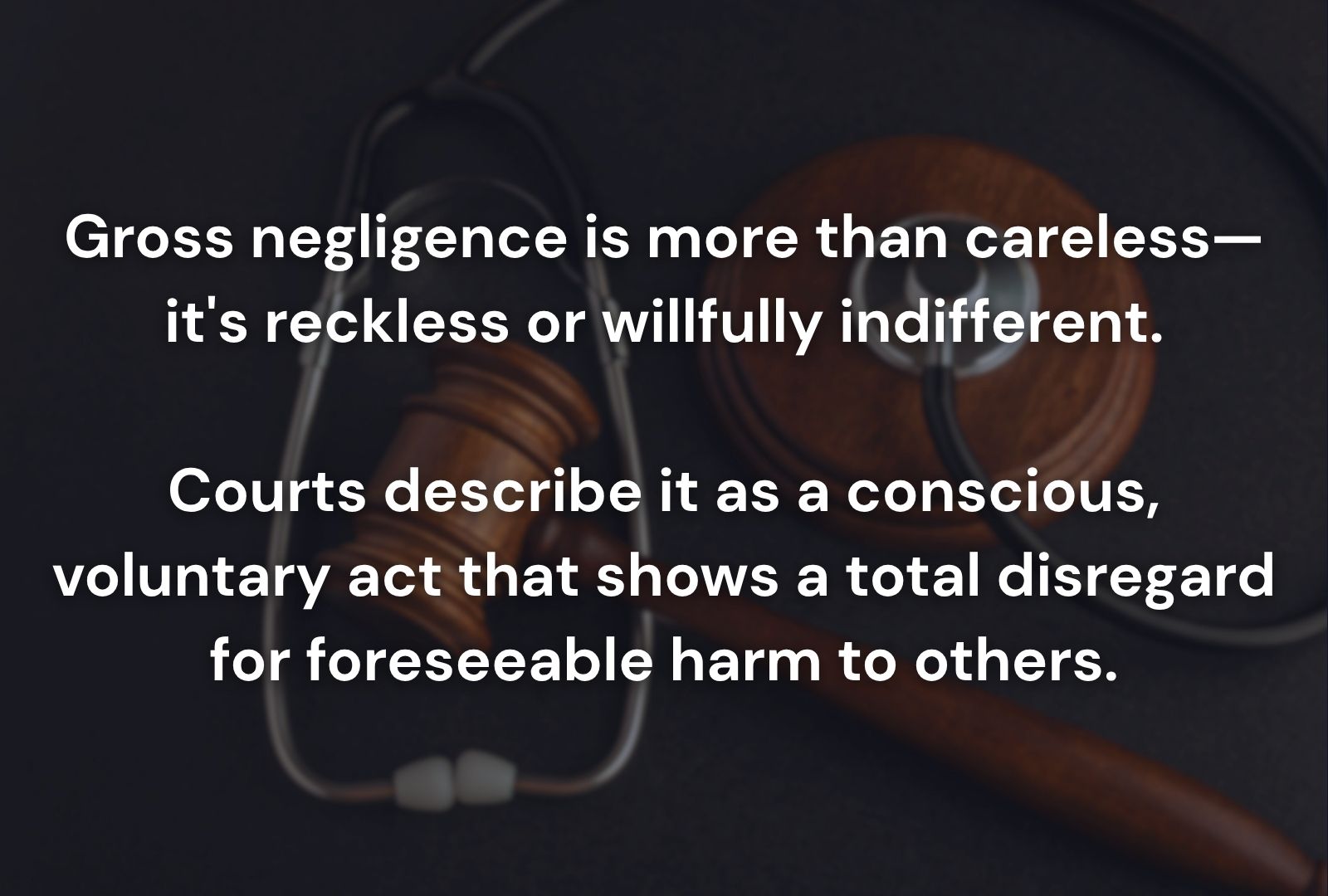
What Is Ordinary Negligence?
Negligence arises when someone fails to act with the caution a reasonably prudent person would use in the same situation. The legal test has four elements—duty, breach, causation, and damages. For example, a driver who glances at a text and rear-ends the car ahead breaches the duty to keep eyes on the road, causing property damage and possible injury.
- Key trait: Carelessness—the defendant didn’t intend harm but didn’t act carefully enough.
- Proof required: Show the defendant’s action deviated from normal safety standards and directly injured you.
Ordinary negligence is the backbone of most personal-injury suits and usually leads to compensatory damages such as medical bills, lost wages, and pain-and-suffering.
What Is Gross Negligence?
Gross negligence is more than careless—it’s reckless or willfully indifferent. Courts describe it as a conscious, voluntary act or omission that shows a total disregard for foreseeable harm to others.
- Driving 40 mph over the speed limit in heavy rain.
- Operating a vehicle while extremely intoxicated.
- Texting while barreling through a school zone at dismissal time.
Because gross negligence borders on intentional wrongdoing, juries may award punitive damages to punish the offender and deter similar behavior.
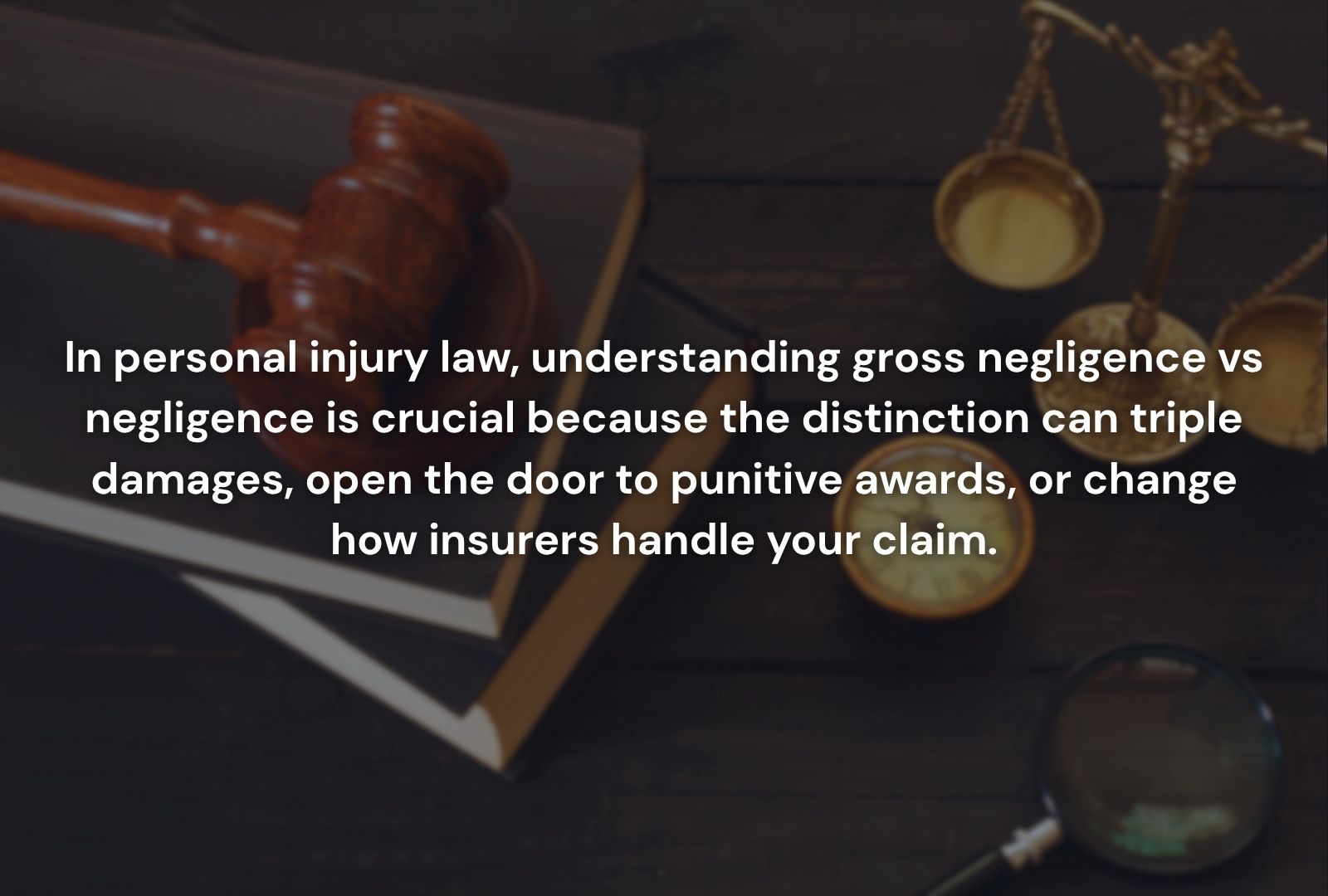
How Courts Decide Between Negligence and Gross Negligence
Degree of Risk
Ordinary negligence involves everyday risks—e.g., rolling a stop sign at 5 mph and causing a fender-bender. Gross negligence involves high-probability, high-severity risks that any reasonable person would avoid.
State of Mind
Courts look for evidence the defendant knew the conduct was unsafe yet proceeded anyway. Accident-scene video, toxicology reports, or prior citations can prove that conscious disregard.
Statutory Guidance
Some states define gross negligence in statutes—for instance, California’s Civil Code calls it “the want of even slight care.” In others, jury instructions define it case-by-case.
Why the Difference Matters to Your Claim
- Damage Ceiling Changes: Ordinary negligence yields compensatory damages only. Gross negligence can unlock punitive damages, sometimes multiplying total recovery by two or three.
- Insurance Coverage Issues: Policies may exclude coverage for acts deemed grossly negligent, forcing defendants to pay from personal assets—a leverage point during settlement talks.
- Comparative-Fault Reductions: If you share some blame, ordinary negligence rules might reduce your award proportionally. In gross-negligence scenarios, juries often assign the reckless driver the overwhelming share of fault.
Proving Gross Negligence Step by Step
Gather Irrefutable Evidence
- Dash-cam video showing excessive speed or blatant red-light running.
- Black-box data documenting high-velocity impact.
- Blood-alcohol results far beyond legal limits.
Secure Witness Testimony
Bystanders who observed dangerous behavior—swerving across lanes, tailgating at high speed—can tip the scale toward gross negligence.

Align Medical Timelines
Severe injuries correlated with reckless conduct support a higher damage award.
For deeper tactics on evidence, review Proving Negligence After a Car Accident: A Legal Guide, which walks through data downloads, witness statements, and expert reconstruction.
Defenses You’ll Hear—and How to Counter Them
- “I didn’t know the road was slick.” - Weather apps and highway advisories can show the driver ignored clear warnings.
- “I only had two drinks.” - Receipts, surveillance, and BAC tests expose actual intoxication levels.
- “My brakes failed unexpectedly.” - Maintenance records often reveal ignored service recalls or worn brake pads.
Solid rebuttals turn excuses into proof of reckless disregard.
Comparative Negligence in Gross-Negligence Cases
Even if you were speeding slightly, a defendant driving 100 mph in a construction zone may still bear 90 % or more of the blame. Learn how percentages shift payouts in How Comparative Negligence Affects Car Accident Compensation.
When to Bring in Professional Counsel
Because gross-negligence claims swing on nuanced evidence and punitive-damage arguments, hire an experienced personal injury lawyer early. Counsel will:
- File immediate preservation letters for crash-data modules.
- Subpoena bar receipts or cell-phone logs proving recklessness.
- Craft compelling narratives that persuade adjusters—or juries—your case warrants punitive damages.
Frequently Asked Questions
Q: Will my case automatically qualify for punitive damages if gross negligence is proven?
Not automatically. Courts weigh state statutes and prior case law, but proving gross negligence is the gateway.
Q: Can I still recover if I delayed medical treatment?
Yes, but gaps weaken causation. Get examined right away, then document every visit.
Q: What if the at-fault driver has minimal insurance?
Your lawyer can pursue personal assets or stack UM/UIM coverage from your own policy.
Key Takeaway
In the battle of gross negligence vs negligence, the gap is far wider than the words imply. Ordinary negligence is carelessness; gross negligence is reckless disregard. Distinguishing the two—and proving the higher standard—can dramatically increase your compensation. Move fast to gather evidence, consult skilled counsel, and leverage the law to hold reckless drivers fully accountable.


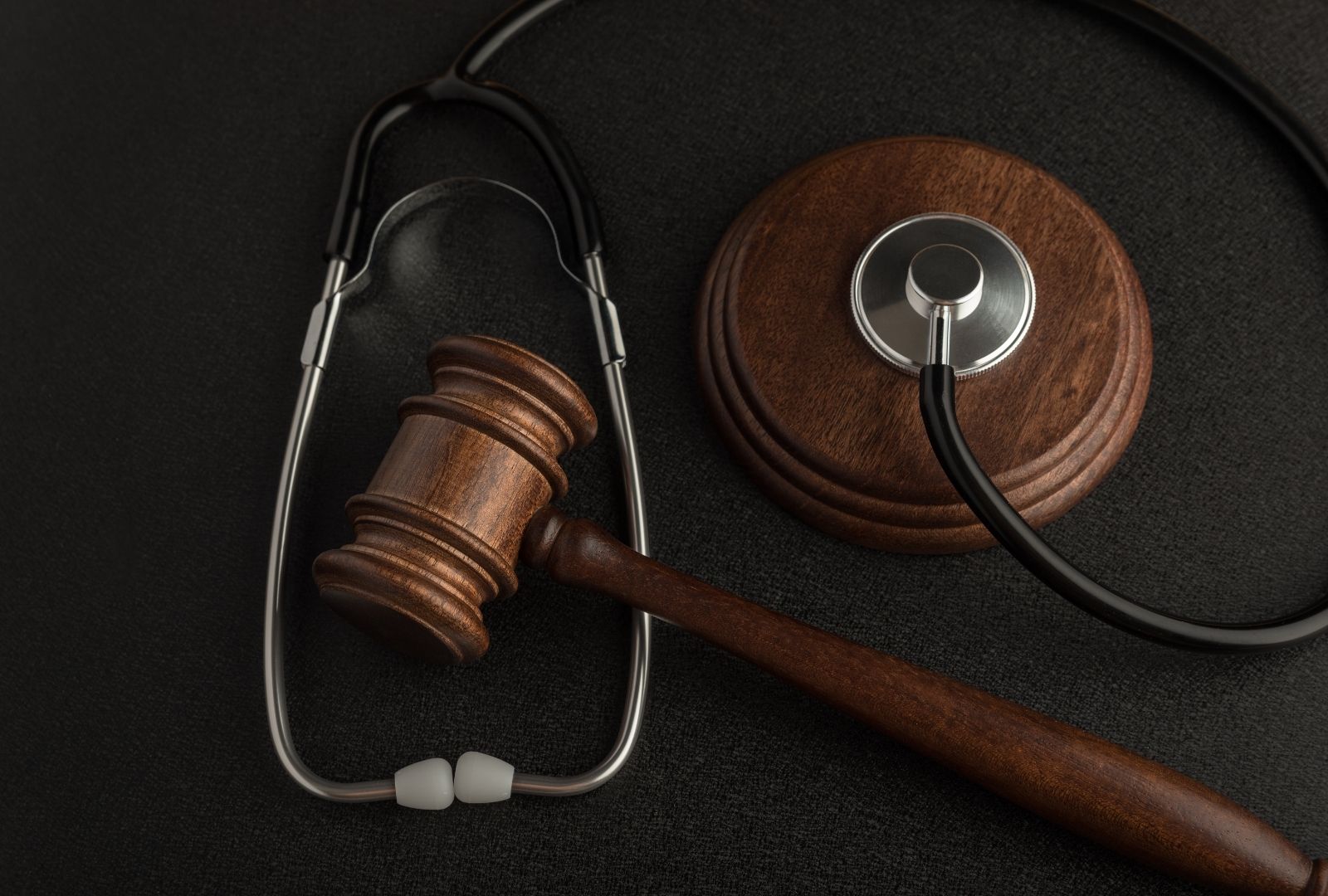






















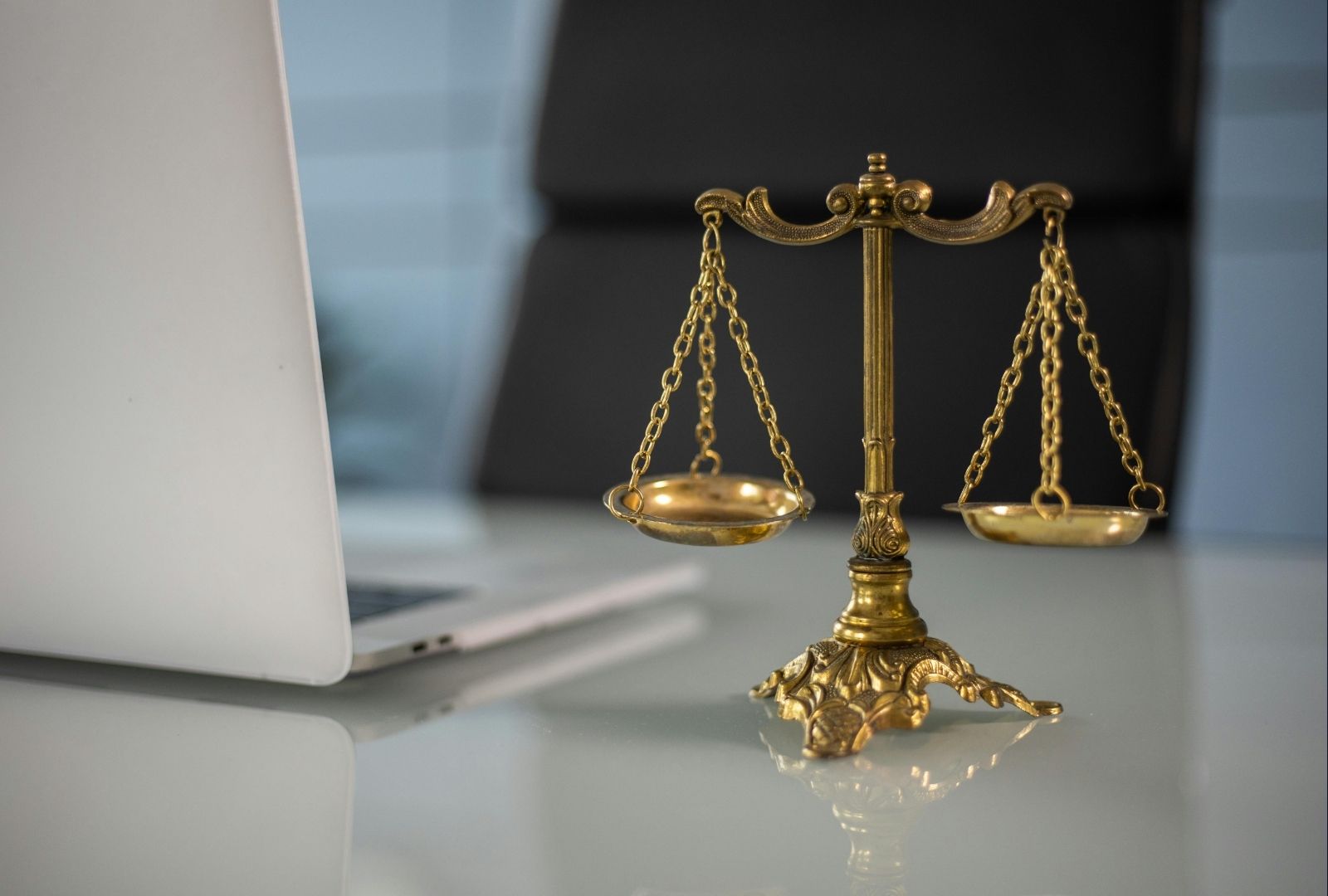





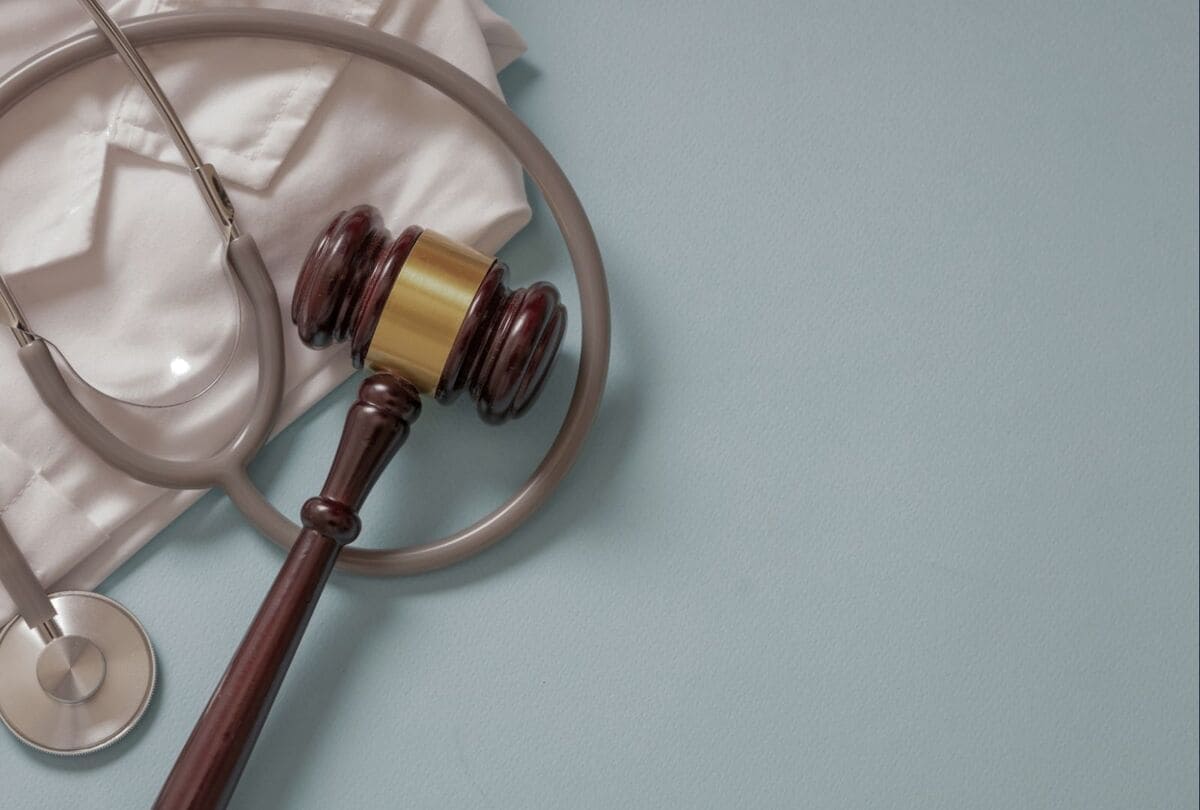


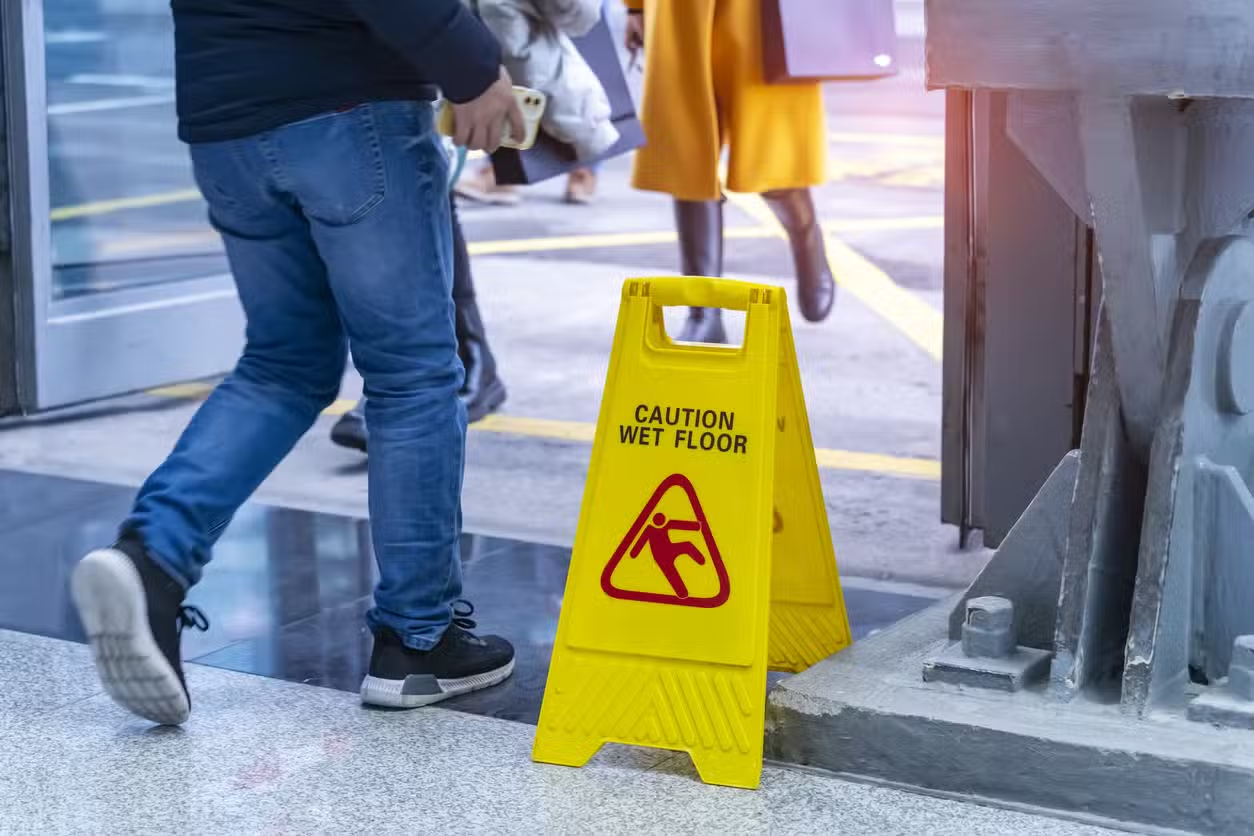

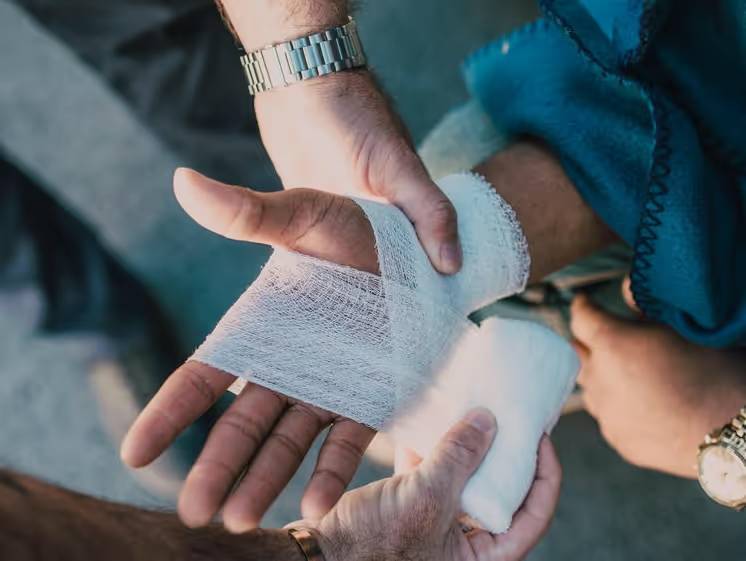

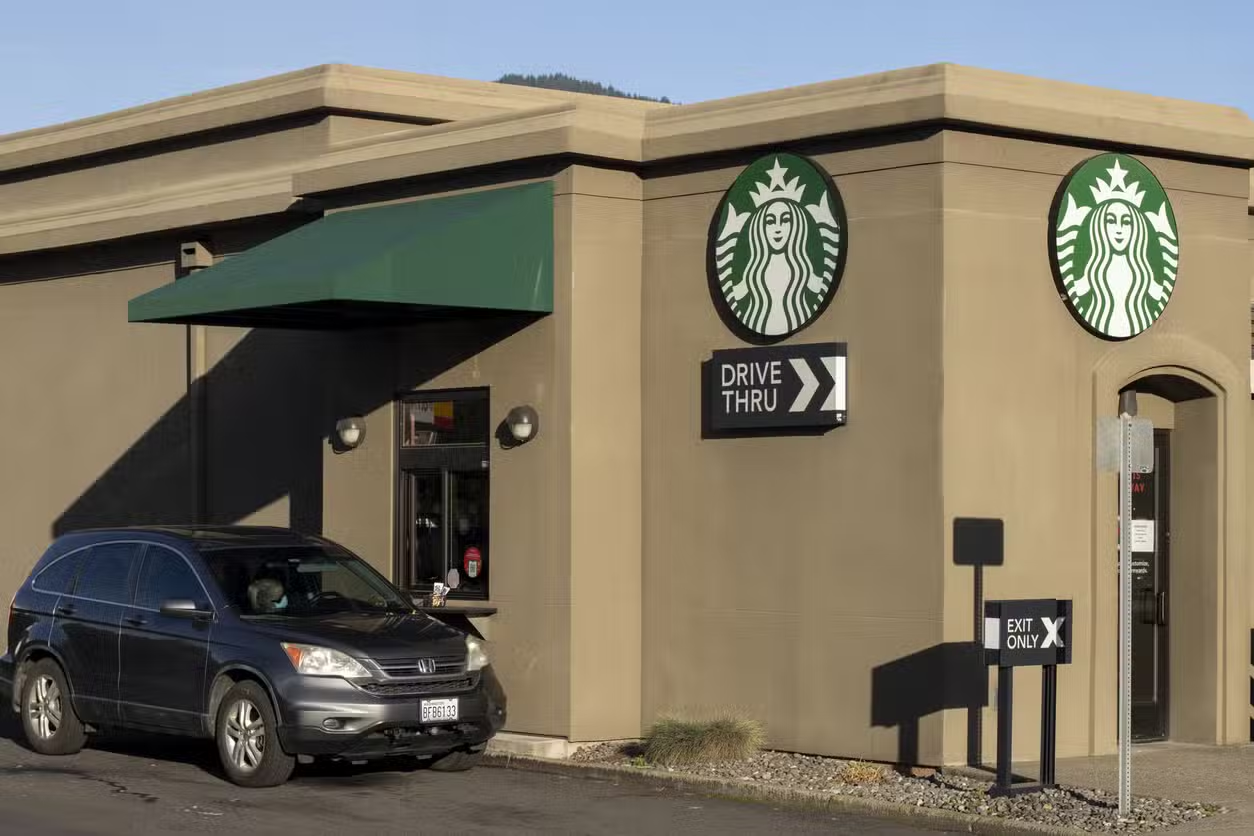

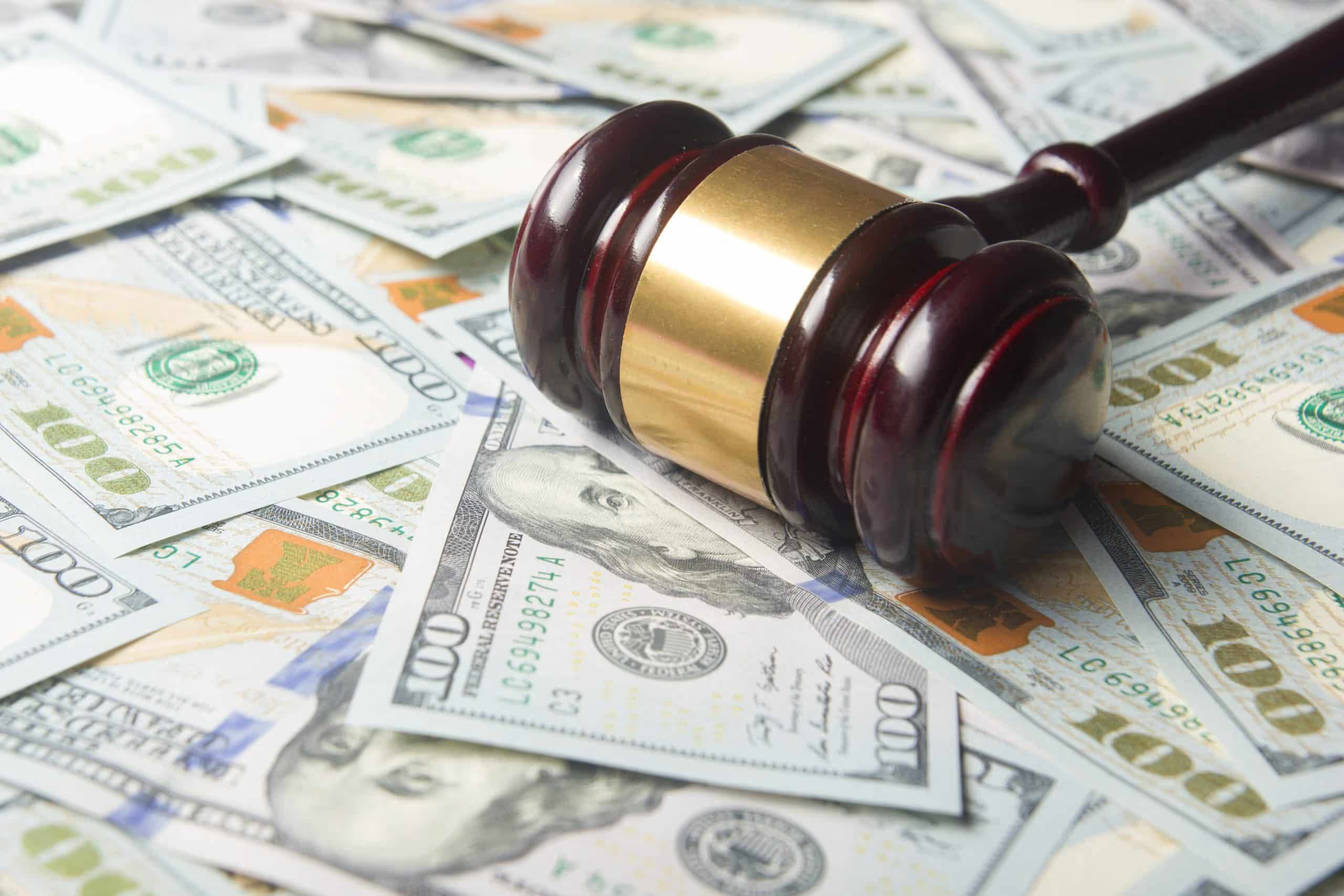
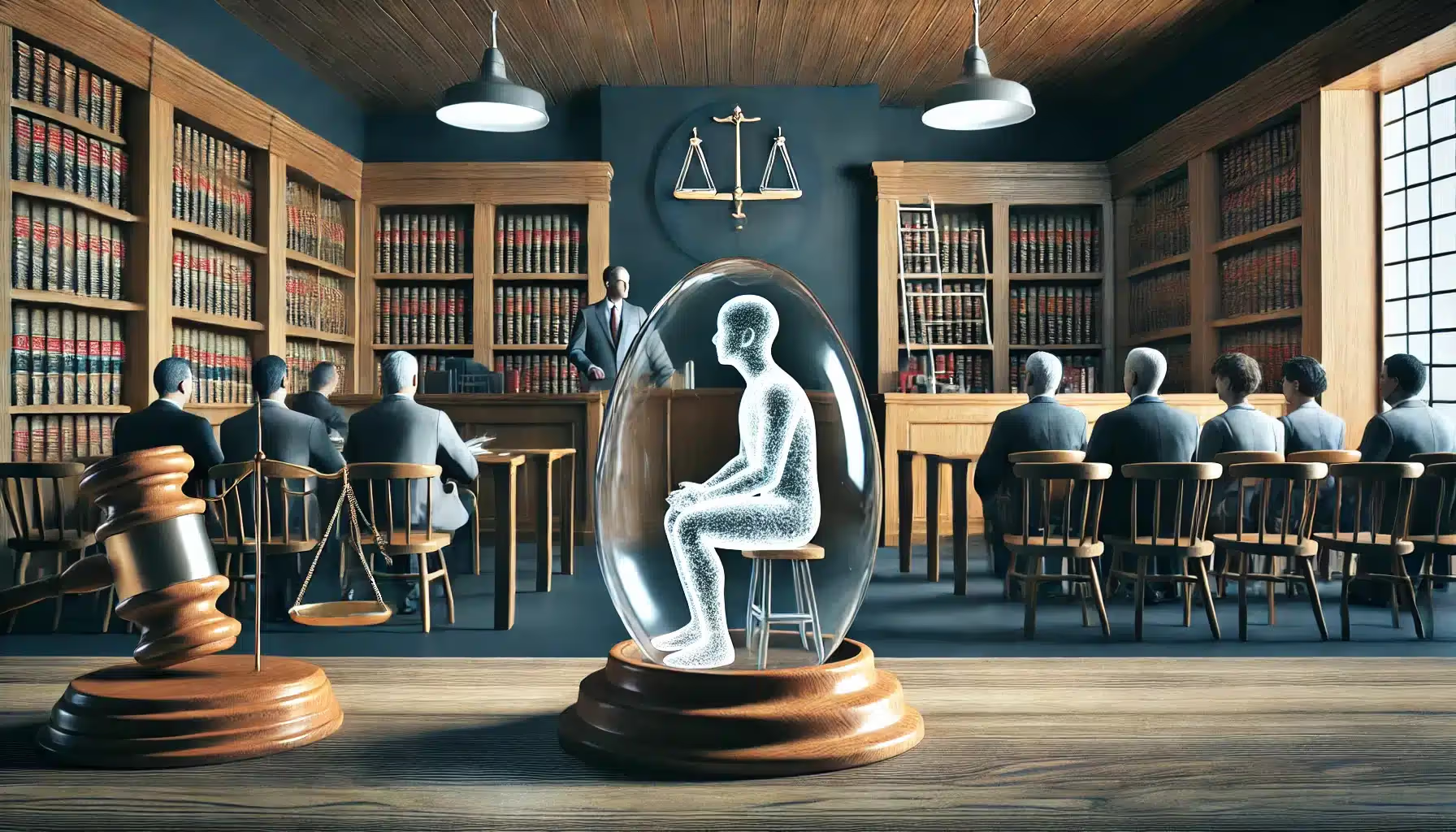

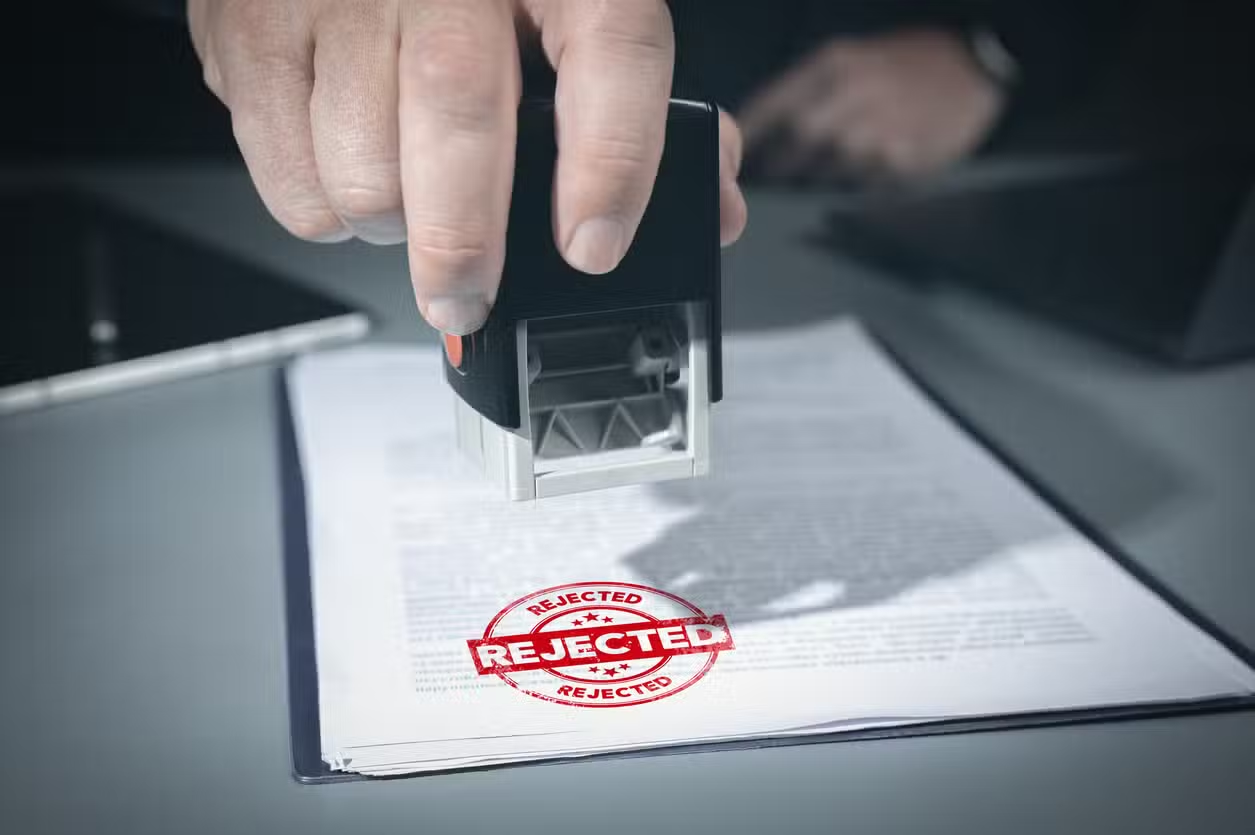



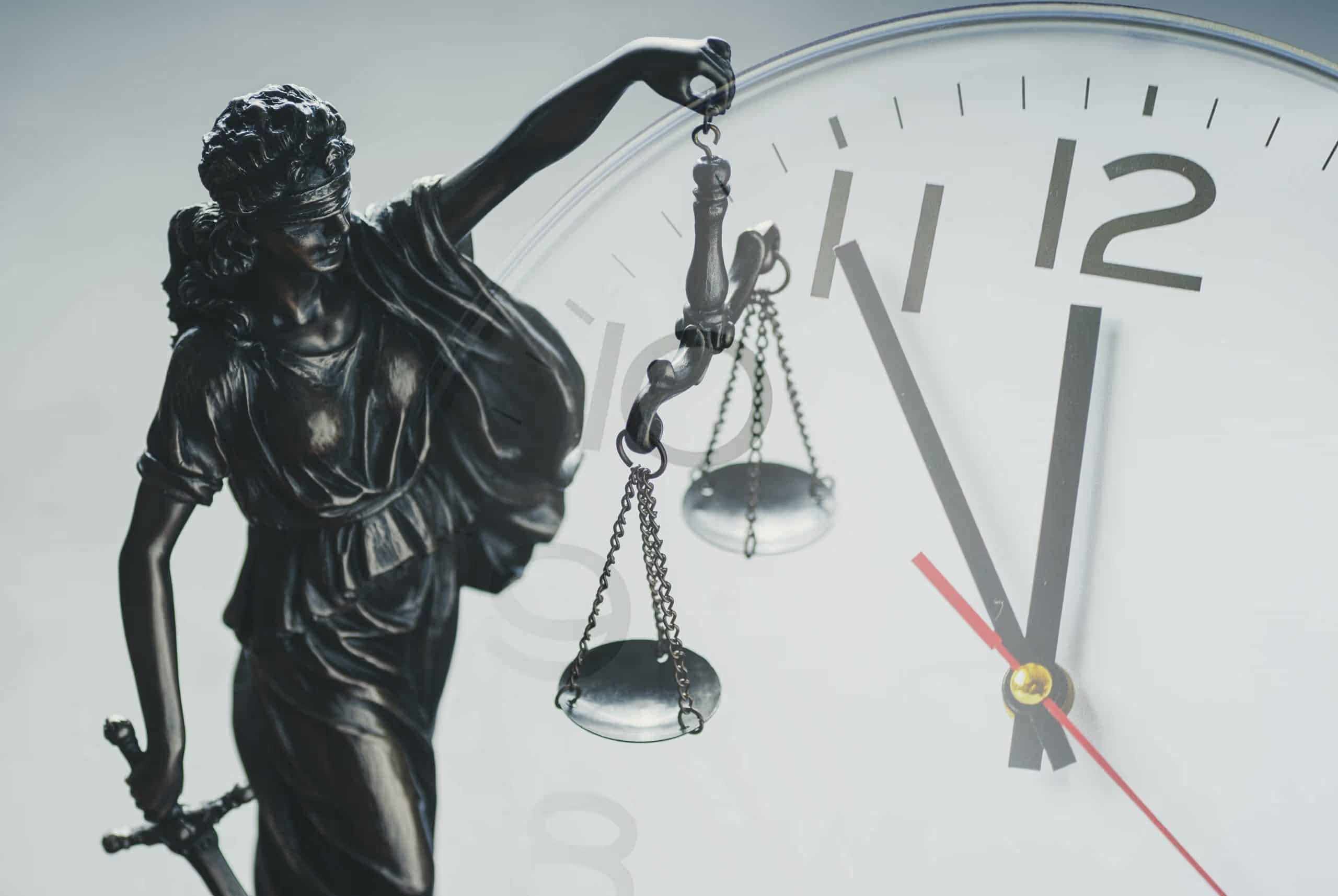

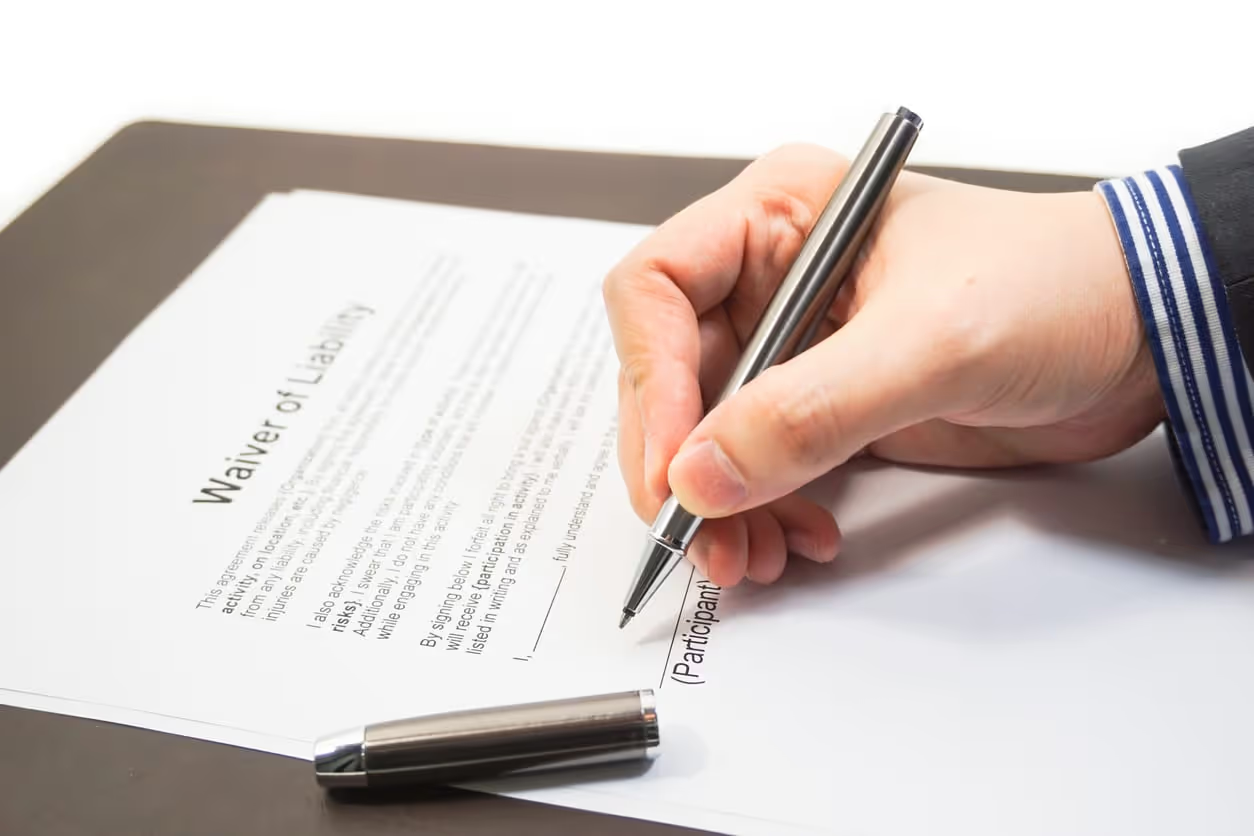
.avif)
